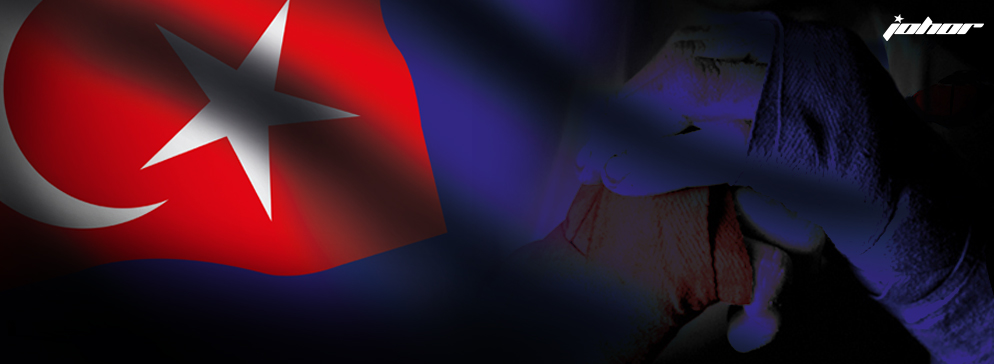
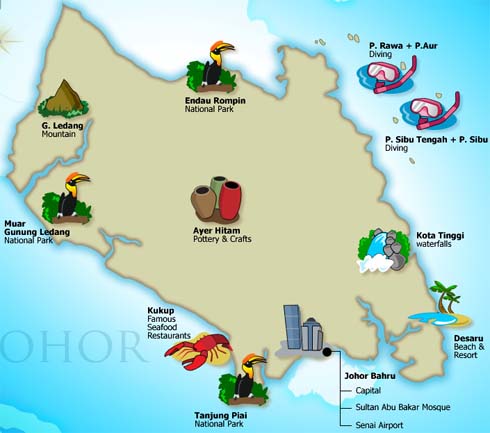
HISTORY
The name "Johor" originated from the Arabic word Jauhar, which literally means "Precious Stones". Founded in the early 16th century by the son of Sultan Mahmud Shah, the last Sultan of Malacca, after fleeing from the Portuguese in Malacca, it grew into the Johor Empire that covered the Riau Archipelago.
Unable to retake Malacca, Johor harassed and attacked the Portuguese during their 130-year rule. Johor became a threat to the Portuguese in maintaining dominance within the Straits.
The history of Johor from the late 1500s to the late 1600s is characterized by a series of succession struggles interspersed with strategic alliances struck with regional clans and foreign powers to maintain its political and economic hold in the Straits. Competing against the Achehs of northern Sumatra and the port-kingdom of Malacca under the Portuguese, Johor engaged prolonged warfare with her rivals, often striking alliances with friendly Malay states and in particular the Dutch. In 1641 Johor joined forces with the Dutch succeeded in capturing Malacca. By 1660, Johor became a flourishing entrep�t, although weakening and splintering of the empire in the late seventeenth and eighteenth century reduced its sovereignty.
In the 18th century, the Bugis of Sulawesi and the Minangkabau of
Sumatra controlled the political powers in the Johor-Riau Empire.
However, in the early 19th century, Malay and Bugis rivalry commanded
the scene. In 1819, the Johor-Riau Empire had broken into mainland
Johor, controlled by the Temenggong, and the Sultanate of Riau-Linggi,
controlled by the Bugis. This is when the history of modern Johor began.
In 1855, under the terms of a treaty between the British in Singapore
and Sultan Ali of Johor, the control over the State was formally ceded
to Dato' Temenggong Daeng Ibrahim, with the exception of the Kesang area
(Muar), which was finally handed over in 1877. Temenggong Ibrahim
opened up Bandar Tanjung Puteri (later to become Johor's present-day
capital) in south Johor as a major town.
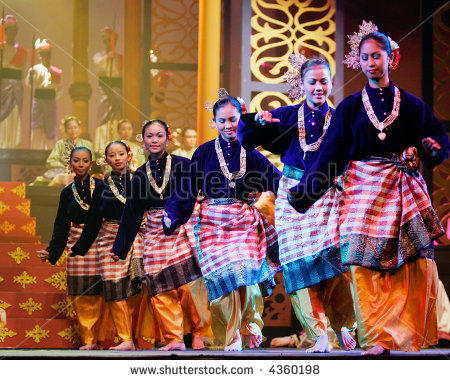
Clothing
Cekak Musang and Teluk Belanga are types of collar design of the male attire known as 'baju melayu' or translated as 'Malay clothing' amongst the Malay community. It is said that Teluk Belanga was designed by Sultan Abu Bakar in 1866 to commemorate the transfer of Johor capital from Teluk Belanga to Johor Bahru. The Teluk Belanga design is a simple hemmed round collar with a stiff stitching called 'tulang belut' or translated as 'eel's spine' and ended with a loop at the end to fit a 'kancing' or button. This collar design creates an exposed neck in contrast to the neck covering of the 'Cekak Musang' design that is a raised stiff collar of about 1-2cm with an opening down to the chest. The collar ends have matching holes to fit in the 'butang' or buttons.
Zapin Dance
Zapin is a form of dance which is popular in Malaysia especially in the State of Johor. It is believed to have been introduced by Muslim missionaries from the Middle East in the 14th century.
In the olden days, only males were allowed to perform but nowadays, female dancers are included. It used to be performed exclusively for religious ceremonies but through the years it has become a form of traditional entertainment, hence the participation of female dancers is allowed.
The dancers usually perform in pairs and are accompanied by a traditional musical ensemble that normally consists of the gambus, accordion, violin, marwas (bongos), rebana (drum) and dok.
Kuda Kepang
Kuda kepang is another form of dance or game performed by Johoreans, especially of Javanese descent. Kuda kepang is a legless horse-shaped puppet that is straddled by the performers. Usually, comprising a troupe of 10 to 15 people; performed in wedding ceremonies and cultural celebrations. There are several possible origins of Kuda Kepang. It is said to have originated from the struggles of "Wali Songo", a group of nine Islamic preachers in Java. Others said it originated from the movement of horses commanded by Ali, the fourth Muslim Caliph. The musical instruments used in kuda kepang performance are 'angklong', 'gendang', 'gong', 'kinong', 'jidor', 'soron kecil' and 'bonang'.
Hamdolok
Hamdolok originated from the influence of Middle-East culture introduced by Arabs in Johor. It is a traditional theatre performed during weddings and festivals. It is a blend of artistic characters of both the Middle-East and local Malay communities. Instruments used in the performance include the gambus, tambourine, maracas and conga drums. The Hamdolok was also inspired by the Bedouin celebrating the birth of Prophet Muhammad s.a.w.
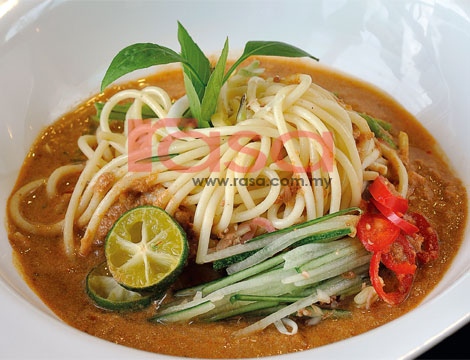
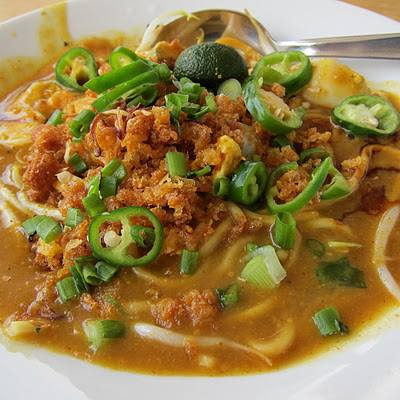
Food and cuisine in johor are strongly influenced by the Arabs and the surrounding Malay archipelago. The dishes are a unique
blend of ingredients not found anywhere in Malaysia. Sadly, due to the difficult and sometimes tedious as well as complicated recipe, these dishes have become rare delights that can only be sampled in celebrations and state banquets.
Laksa Johor - A cuisine originated from Johor. It differs from Laksa Penang by having coconut milk added to the gravy which is eaten with spaghetti and salad.
Mee Bandung - Also a noodle dish originated from Johor, specifically from Muar. The term 'bandung' is not derived from Bandung, Indonesia but as a term for anything that is mixed from many ingredients.
Penganan Kacau Keledek - A very sweety dessert normally served for the Johor monarch and elites. It is made from sweet potatoes, lots of eggs (at least 40), fresh coconut milk and sugar. It is mixed together and stirred on a simmering heat for at least 4 hours.
Mee Rebus - The famous noodle dish which consists of Mee (a spaghetti like mixture of flour,salt and egg) and is served with a tangy, spicy brown sauce accompanied with crispy crumbs and boiled eggs.
Arisa - A unique chicken dish very much Arabic in origin, normally served to the royalties and social elites in Johor at formal functions and celebrations. The boneless chicken meat is cooked to resemble a pudding-like consistency consumed with honey and chilli, it is indeed a rare treat.
Satay - A favourite Malay delicacy in Johor, mostly found in Johor Bahru and Muar, but otherwise popularly available all over the State.
Roti Tirai or Roti Jala - The name is derived from bread and net or 'roti' and 'jala' in Malay. A special ladle with a five hole perforation is used to make the bread look like a fish net. It is usually eaten spicy with curry or sweet with 'serawa'.
Serawa - Made from a mixture of boiled coconut milk, brown
sugar and pandan leaf.
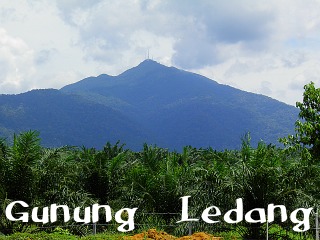
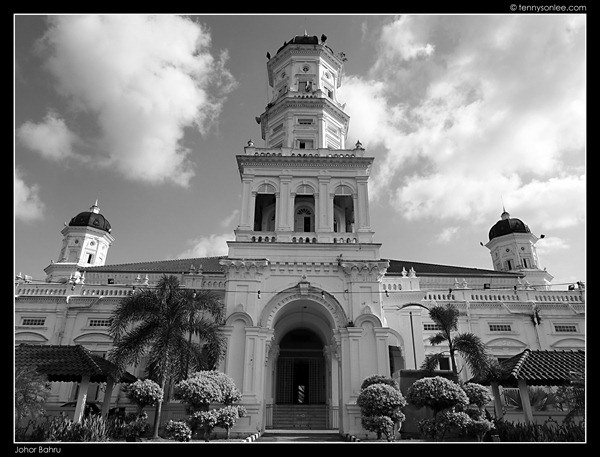
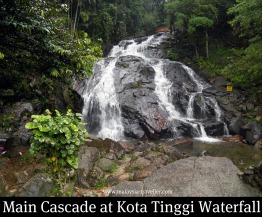
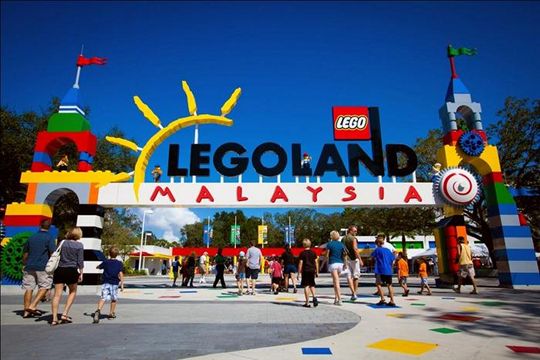
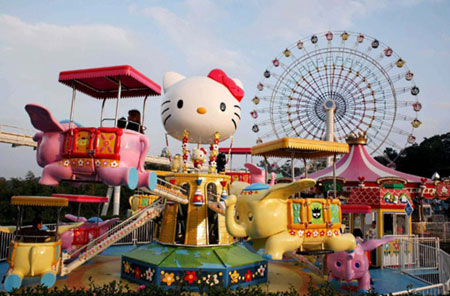
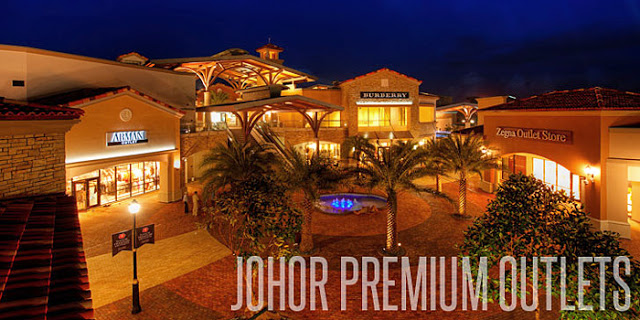

Gunung Ledang National Park
Gunung Ledang National Park has attracted naturalists since 1854. Even if you don't climb the fabled mountain itself, the Puteri Waterfalls are worth a visit.
Johor Bahru Heritage Trail
A walking tour around Johor Bahru's historic centre is a good way to experience some of the main attractions in this city.
Kota Tinggi Waterfalls
A popular waterfall resort, easily accessible from JB, with natural pools, slides, picnic spots and walkways alongside an impressive waterfall.
Johor's East Coast Beaches
The east coast of Johor is line with mile after mile of sandy beaches, many of them deserted, such as Desaru, Tanjung Balau, Jason's Bay, Kuala Sedili, Tanjung Leman, Mersing, Teluk buih, Air Papan and Penyabong.
Legoland Malaysia
Legoland Malaysia is a new, world-class family theme park in Johor with over 40 interactive rides and attractions spread over 76 acres.
Puteri Harbour Family Theme Park
Younger kids, in the 3-7 year range, will enjoy Puteri Harbour Family Theme Park which is close to Legoland. This indoor theme park includes Hello Kitty Town and Little Big Town which features Thomas the Tank Engine, Bob The builders, Angelina Ballerina, Pingu and Barney.
Johor Premium Outlets
Shopaholics will love this place, an outdoor shopping centre with a collection of over 60 designer fashion, sportswear, shoes, bags, accessories and gift shops selling branded items at direct from factory prices. Not really my cup of tea, but a pleasant atmosphere, plenty of parking and a good selection of places to eat.
Kukup Fishing Village
A chance to see fishing village builts on stilts over the sea and to sample some delicious seafood.
Tanjung Piai
Tanjung Piai is at the southern most tip of mainland Asia. It is located in a small national park where you can learn about a typical mangrove eco-system.